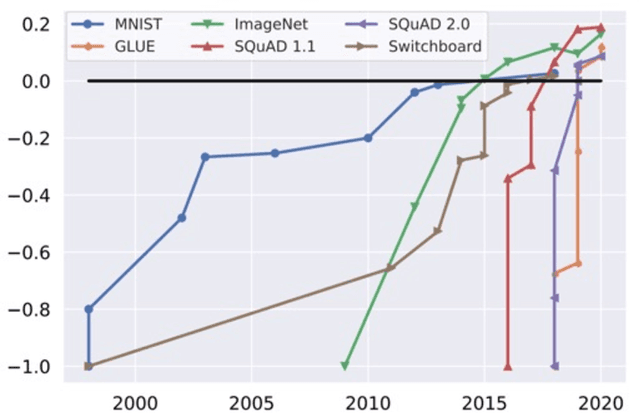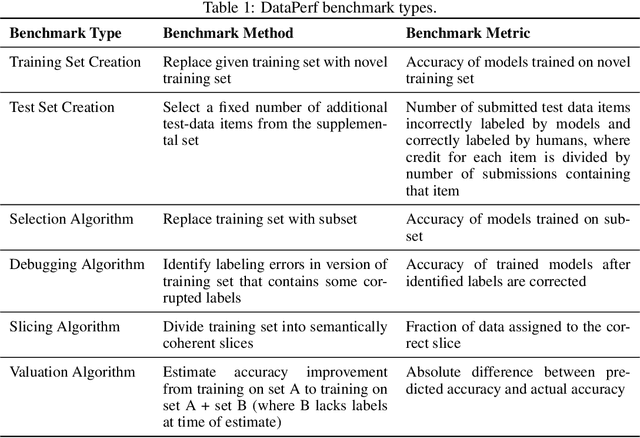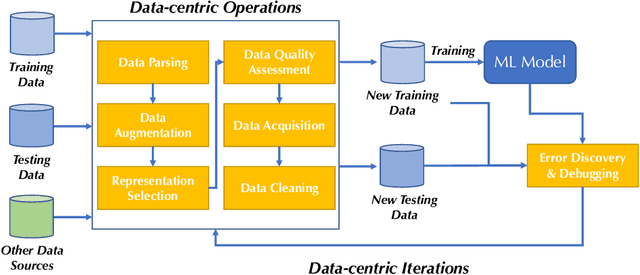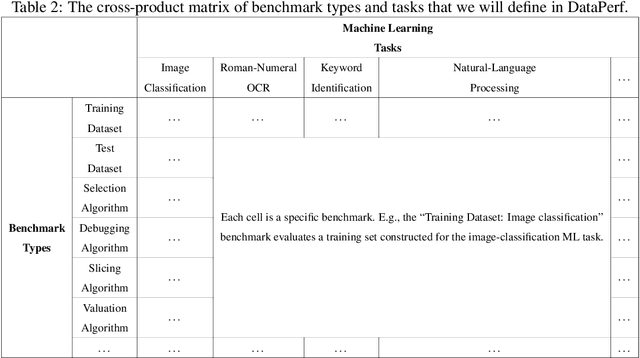Emmett Goodman
Improved Few-Shot Image Classification Through Multiple-Choice Questions
Jul 23, 2024Abstract:Through a simple multiple choice language prompt a VQA model can operate as a zero-shot image classifier, producing a classification label. Compared to typical image encoders, VQA models offer an advantage: VQA-produced image embeddings can be infused with the most relevant visual information through tailored language prompts. Nevertheless, for most tasks, zero-shot VQA performance is lacking, either because of unfamiliar category names, or dissimilar pre-training data and test data distributions. We propose a simple method to boost VQA performance for image classification using only a handful of labeled examples and a multiple-choice question. This few-shot method is training-free and maintains the dynamic and flexible advantages of the VQA model. Rather than relying on the final language output, our approach uses multiple-choice questions to extract prompt-specific latent representations, which are enriched with relevant visual information. These representations are combined to create a final overall image embedding, which is decoded via reference to latent class prototypes constructed from the few labeled examples. We demonstrate this method outperforms both pure visual encoders and zero-shot VQA baselines to achieve impressive performance on common few-shot tasks including MiniImageNet, Caltech-UCSD Birds, and CIFAR-100. Finally, we show our approach does particularly well in settings with numerous diverse visual attributes such as the fabric, article-style, texture, and view of different articles of clothing, where other few-shot approaches struggle, as we can tailor our image representations only on the semantic features of interest.
Automated Virtual Product Placement and Assessment in Images using Diffusion Models
May 02, 2024Abstract:In Virtual Product Placement (VPP) applications, the discrete integration of specific brand products into images or videos has emerged as a challenging yet important task. This paper introduces a novel three-stage fully automated VPP system. In the first stage, a language-guided image segmentation model identifies optimal regions within images for product inpainting. In the second stage, Stable Diffusion (SD), fine-tuned with a few example product images, is used to inpaint the product into the previously identified candidate regions. The final stage introduces an "Alignment Module", which is designed to effectively sieve out low-quality images. Comprehensive experiments demonstrate that the Alignment Module ensures the presence of the intended product in every generated image and enhances the average quality of images by 35%. The results presented in this paper demonstrate the effectiveness of the proposed VPP system, which holds significant potential for transforming the landscape of virtual advertising and marketing strategies.
DataPerf: Benchmarks for Data-Centric AI Development
Jul 20, 2022



Abstract:Machine learning (ML) research has generally focused on models, while the most prominent datasets have been employed for everyday ML tasks without regard for the breadth, difficulty, and faithfulness of these datasets to the underlying problem. Neglecting the fundamental importance of datasets has caused major problems involving data cascades in real-world applications and saturation of dataset-driven criteria for model quality, hindering research growth. To solve this problem, we present DataPerf, a benchmark package for evaluating ML datasets and dataset-working algorithms. We intend it to enable the "data ratchet," in which training sets will aid in evaluating test sets on the same problems, and vice versa. Such a feedback-driven strategy will generate a virtuous loop that will accelerate development of data-centric AI. The MLCommons Association will maintain DataPerf.
 Add to Chrome
Add to Chrome Add to Firefox
Add to Firefox Add to Edge
Add to Edge